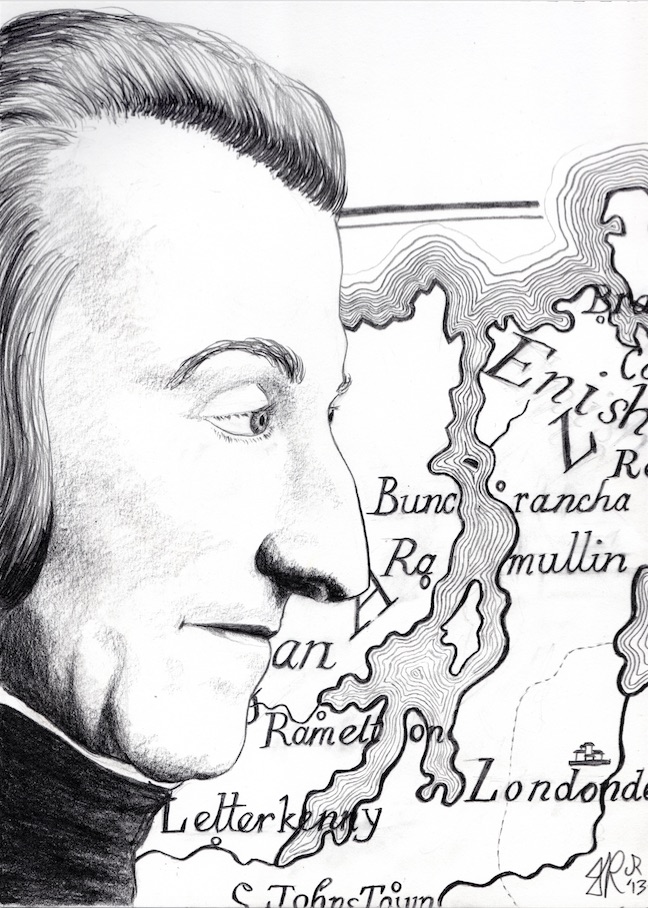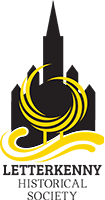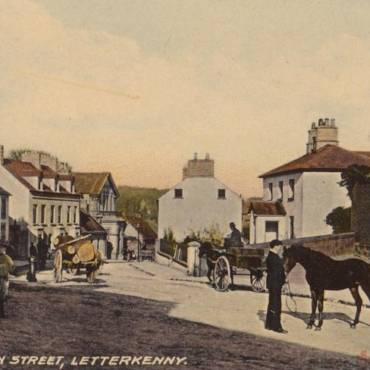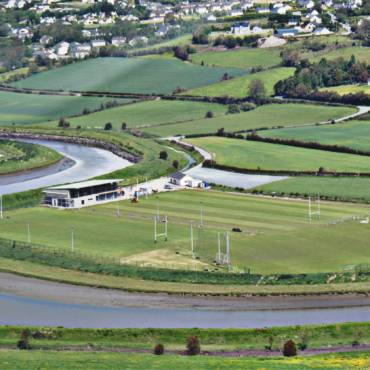Debate: Was Wolfe Tone Captured In Letterkenny?
A debate has been ongoing for several years amongst many Letterkenny people concerning the location of the capture of Theobald Wolfe Tone following the failure of the 1798 Rebellion. Essentially it boils down to whether it took place in Letterkenny or in Buncrana.
Many highly esteemed local historians such as Canon Edward Maguire and Sam Fleming have written that he was captured in Letterkenny, not to mention other notable figures such as John Mitchel and even Wolfe Tone’s son himself, William Theobald Wolfe Tone. Surely then, if his own son said it was Letterkenny then it must be true, right?
Well, the answer to that question basically boils down to recognizing the difference between a Primary Source and a Secondary Source when undertaking historical research. The definitions of each, to remind us are:
“Primary Sources are immediate, first-hand accounts of a topic, from people who had a direct connection with it.
Secondary Sources are one step removed from primary sources. They can cover the same topic, but add a layer of interpretation and analysis.”
So let’s look at both examples as applies to this question. We know that Wolfe Tone was captured following the surrender of his vessel the Hoche in Lough Swilly in October 1798. Sir George Hill, a former Trinity College student of Tone’s, was brought from Derry to identify him, as he was now disguised as a French Officer. On these facts, there is no argument. However, we know that this event occurred in Buncrana as the man who was actually there at this event, Sir George Hill, wrote a letter (a PRIMARY SOURCE) from Buncrana which stated:
This morning some hundreds of the prisoners are just landed. The first man who stepped out of the boat, habited as an officer, was T. W. Tone. He recognised me and addressed me with as much sang froid as you might expect from his character…
Yours etc.
G.F. Hill
Tone is sent off to Derry under strong escort; he called himself Genl Smith
Buncrana, Saturday Nov. 3, twelve o’clock
This crucial first hand evidence is further corroborated by an account in the Londonderry Journal from Thursday 13th November 1798 (a PRIMARY SOURCE), ten days after the capture.
“On landing at Buncrana, he was identified by numbers, and on being brought to the Castle, where Lord Cavan resided, he affected a considerable degree of ease but was obviously agitated in the extreme.
After remaining a short time at Buncrana, he was conducted to the gaol here (Derry) by Lord Cavan’s aide-de-camp, Capt. Chester, who, committing him directed that he should be put in irons.”
So that is two key Primary Sources confirming the location to be Buncrana. It must be remembered that at the time of his capture, his son William was three years old. Twenty-nine years later however, in his “Memoirs of Theobald Wolfe Tone” (a SECONDARY SOURCE), William wrote:
“the Hoche was brought into Loch Swilly, and the prisoners landed and marched to Letterkenny… The French officers were invited to breakfast with the Earl of Cavan… Sir George Hill entered the room, followed by police officers. Looking narrowly at the company, he singled out the object of his search, and, stepping up to him, said, ” Mr. Tone, I am very happy to see you.”… From Letterkenny he was hurried to Dublin without delay”.
This second hand report by his son (who wasn’t there at the time) was then later used and quoted by local historians such as Maguire and Fleming in their books (SECONDARY SOURCES) to reaffirm the local held belief that Tone’s capture took place in Letterkenny and as a result, locals saw no reason to doubt their reporting of the facts. After all, if his son said it…
From there, the debate has continued unabated for almost two centuries. It basically boils down to our interpretation of sources when undertaking historical research. The PRIMARY sources of the time – Hill’s letter and the newspaper report – clearly state that Wolfe Tone was captured in Buncrana and taken to Derry jail. The SECONDARY sources that were written many years after the event – his son’s book, several local publications – maintain that it took place in Letterkenny. In the end, people will always believe what they want to believe but no matter how much they want it to be true, with careful research we can see that the key primary sources clearly state that it was Buncrana and not Letterkenny that Theobald Wolfe Tone was captured.
However, over to you. Feel free to comment below on this debate by answering this question: Do you believe that Wolfe Tone was captured in Buncrana or in Letterkenny?



